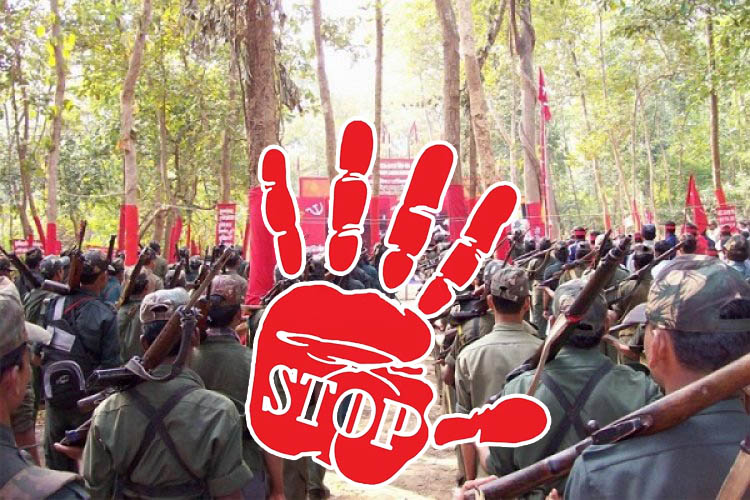
- Red terrorism has not only caused thousands of deaths in the last few years but India’s social cohesion and integrity are in danger due to Naxalism and the Maoist insurgency.
- Establishing a deeper divide between the oppressed and disadvantaged social groups and the Indian government is the primary goal of the Maoist strategy.
- The Indian government’s efforts to combat terrorism have yielded significant results and in 2024 alone the government managed to neutralize more than 100 Maoists in just 4 to 5 months.
Red terrorism has been one of the biggest threats India has faced since time immemorial. Specific regions, particularly the central states of Chhattisgarh, Odisha, Jharkhand, Maharashtra, and Madhya Pradesh, have borne the brunt of this threat. Red terrorism has caused thousands of deaths in the last few years, creating significant political instability in these regions.
India’s social cohesion and integrity are in danger due to Naxalism and the Maoist insurgency. The movement’s underlying ideologies are out of date for the contemporary, globalised society because they are founded on the political experience of the preceding century.
Establishing a deeper divide between the oppressed and disadvantaged social groups and the Indian government is the primary goal of the Maoist strategy. They continually raise concerns such as the displacement of ‘Adivasis’, state institutions’ abuses of human rights, and industrial exploitation, mobilising a large base of support from the socially and politically marginalised communities. In contrast, the military plan seeks to wage a protracted battle against the Indian state while establishing a revolutionary base of operations in the isolated and remote regions where the state machinery is either nonexistent or has a limited presence. This enables them to enlist members of the same demographic as armed cadres.
Recently, the Indian government’s efforts to combat terrorism have yielded significant results. In 2024 alone, the government managed to neutralize more than 100 Maoists in just 4 to 5 months. This success is largely due to the improved coordination between state forces and central agencies.
To combat red terrorism, the central government deployed specialized forces like the Border Security Force’s (BSF) COBRA battalions. These battalions were specifically tasked with fighting Maoists in various states. Initially, there were significant challenges due to poor coordination with local police forces. The central forces were unfamiliar with local geographies, leading to administrative problems and ineffective operations.
Now, there is a well-coordinated effort between central and state forces. Another major improvement is the development of infrastructure in deep forest peripheries and remote areas that were previously inaccessible to government forces. The government has established bases in these regions, making it difficult for Maoists to move freely.
The prime example of this is the southern region of Chhattisgarh in Abujhmad an area which has not even been included in the census by the government of India since 1947 which has given a free hand to Maoists to run a parallel Government as a result of which Maoist collected millions of rupees in revenue from this area. But now the Indian government have allowed the police forces to create military infrastructure in this region which gives them a close eye on Maoists and has severely reduced their terror.
Additionally, the government has enhanced its administrative structures and increased networking in these areas. Previously, locals were too fearful of the Maoists to disclose information to the police. However, this has changed, and people are now more willing to cooperate with the authorities.
“Chhattisgarh became a hub for red terrorism due to its geographical accessibility as a landlocked state. Its location facilitated easy mobility from neighbouring regions such as Maharashtra, Odisha, Andhra Pradesh, and Telangana for militant groups. As a result, these groups were able to enter the forested areas of Chhattisgarh. However, efforts by Chhattisgarh police have significantly curtailed red terrorism activities in urban areas by effectively collaborating with the neighbouring state forces.
India’s integrity and social fabric are in danger due to Naxalism and the Maoist insurgency. Because the movement’s underlying ideologies are derived from the political realities of the previous century, they are no longer relevant in the contemporary, globally interconnected world. Even if the military movement is only present in a small portion of the nation, the upgrading of insurgent tactics and equipment combined with the growing appeal of the Maoist cause among urban intellectuals pose a serious threat to India’s internal security. As such, the state must remain vigilant and plug any gaps in its response by dealing with the fundamental causes of this problem at the local level.
(Views and opinions expressed are the author’s own)
